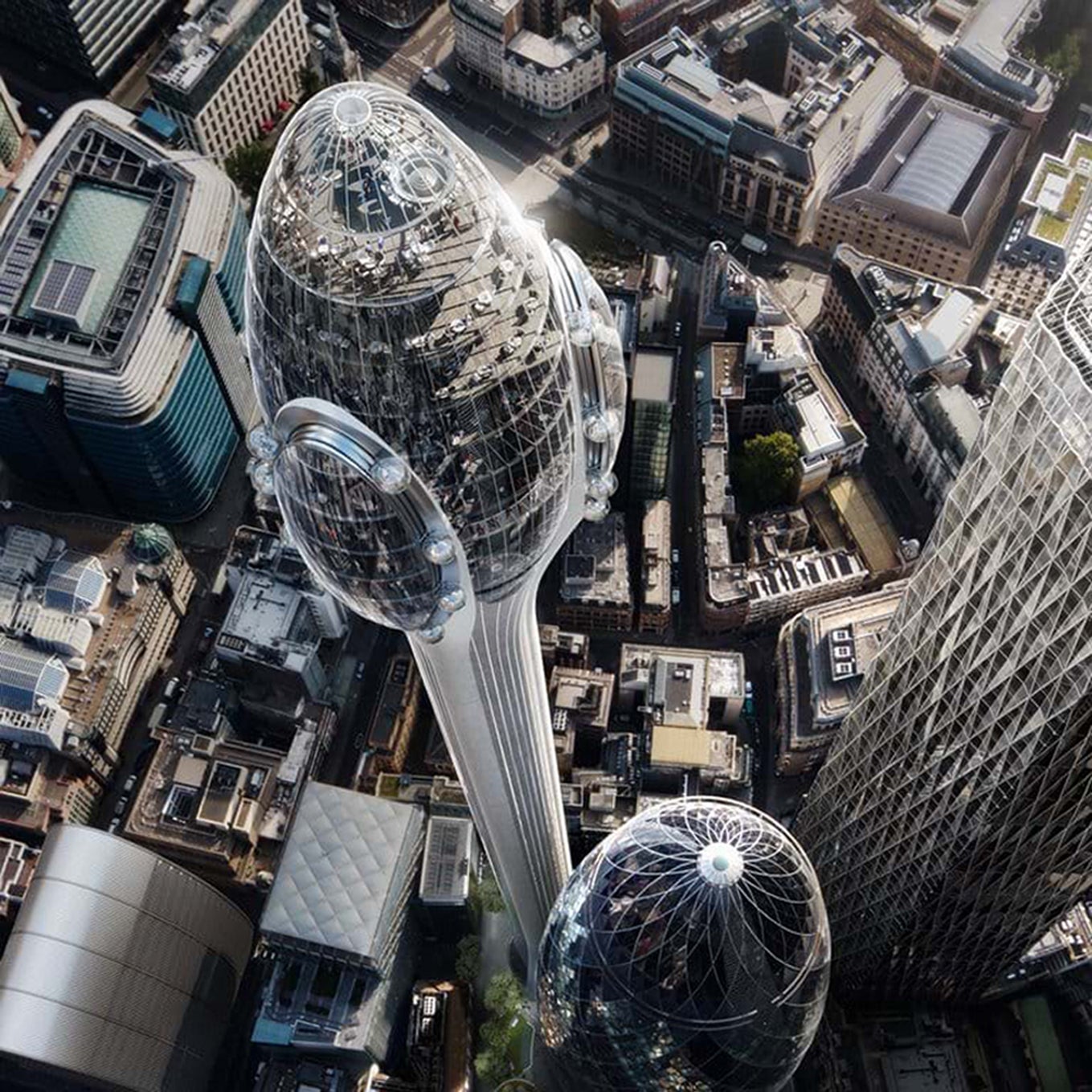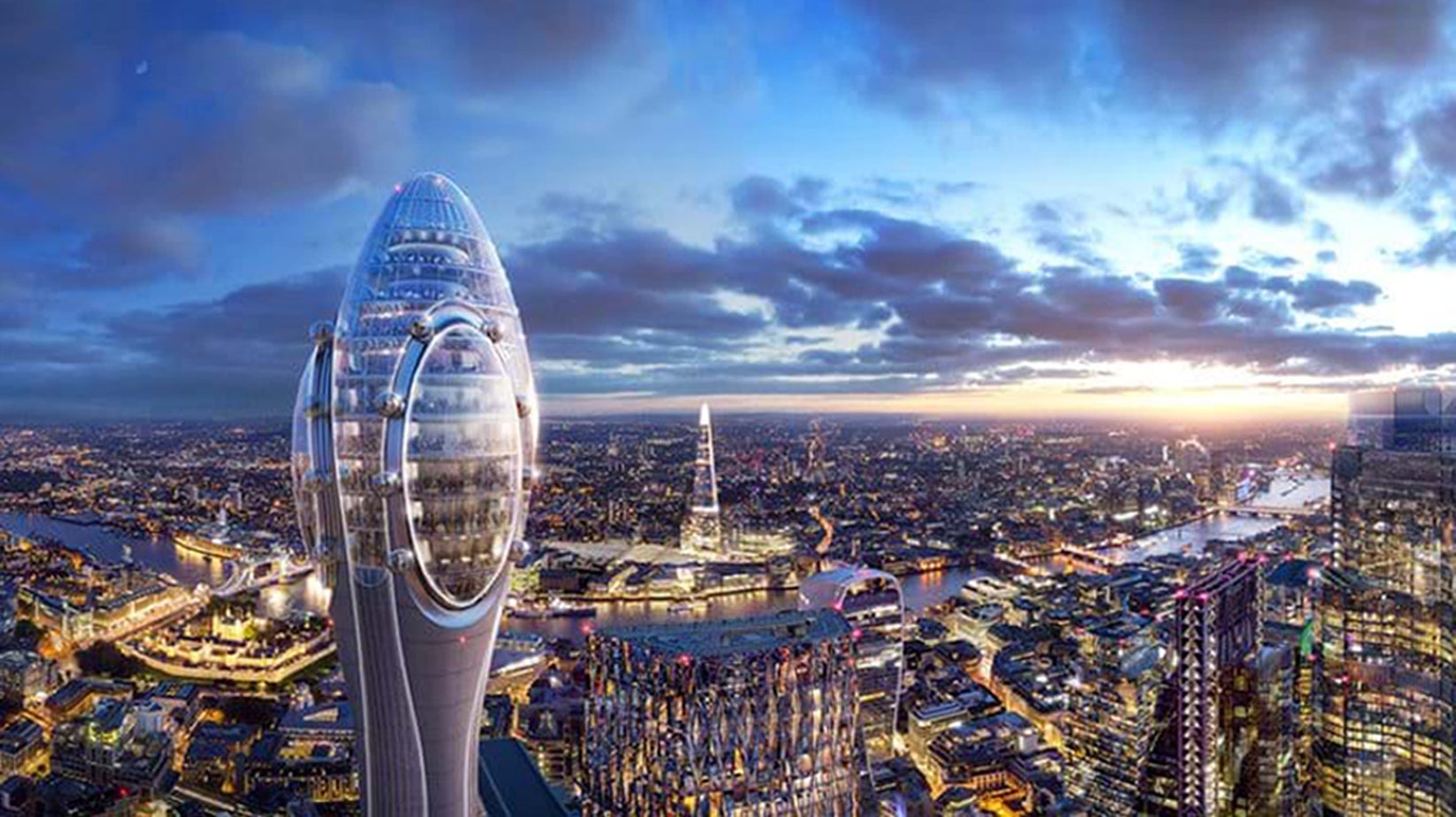'The Tulip': New London skyscraper gets planning permission
The towering attraction will be the second tallest building in Western Europe and expected to draw millions of visitors
Your support helps us to tell the story
From reproductive rights to climate change to Big Tech, The Independent is on the ground when the story is developing. Whether it's investigating the financials of Elon Musk's pro-Trump PAC or producing our latest documentary, 'The A Word', which shines a light on the American women fighting for reproductive rights, we know how important it is to parse out the facts from the messaging.
At such a critical moment in US history, we need reporters on the ground. Your donation allows us to keep sending journalists to speak to both sides of the story.
The Independent is trusted by Americans across the entire political spectrum. And unlike many other quality news outlets, we choose not to lock Americans out of our reporting and analysis with paywalls. We believe quality journalism should be available to everyone, paid for by those who can afford it.
Your support makes all the difference.A huge new skyscraper dubbed “The Tulip” is one step closer to becoming a reality after the controversial project was granted planning approval.
London’s Planning and Transportation Committee today voted 18-7 to approve the planned high-rise, which is the brainchild of Foster + Partners, the designers responsible for the Gherkin.
The decision paves the way for the 305.3-metre tower, which will be located in Bury Street, to leave its mark on the capital’s skyline as western Europe’s second-tallest building after the Shard.
It was taken over the objections of Historic England, which said it would damage protected views of the Tower of London, and Sadiq Khan, London's mayor.
The 12-storey “bud” at the top is set to include a viewing platform with rotating pods, a restaurant and sky bar, developers say.
Chris Hayward, chairman of the City of London Corporation’s planning committee, said he believed the attraction would boost the area's economy, despite opponents' fears that it could cause harm to London's heritage sites.
The structure, which is due to be completed in 2025, is forecast to bring in some 1.2 million visitors per year.

Mr Hayward said “After a lengthy and robust debate, the committee agreed to approve this truly unique visitor attraction.
“One of my key objectives as chairman of the planning and transportation committee has been to enable the continued transformation of the City of London into a place which welcomes members of the public on weekends as during the week.
“This building has the potential to play an important role in realising our vision of the Square Mile as a vibrant 24/7 city.”

London Mayor Sadiq Khan opposed the building, arguing that breached the London Plan by failing to provide free entry to the publicly-accessible viewing platform and would ”harm“ protected views of the Tower of London.
City Airport officials also claimed that it would obstruct air traffic control set up.
Duncan Wilson, chief executive of Historic England, said he was dismayed by the decision to go ahead with the construction of a building that “would damage the very thing its developers claim they will deliver – tourism and views of London’s extraordinary heritage”
He continued: “The setting of the Tower of London, a symbol of the city not just to millions of Londoners but to the whole world and one of our most visited places, will be harmed.
“It has already been damaged by the Walkie Talkie and it would be a great shame if that mistake was repeated.”

Join our commenting forum
Join thought-provoking conversations, follow other Independent readers and see their replies
Comments